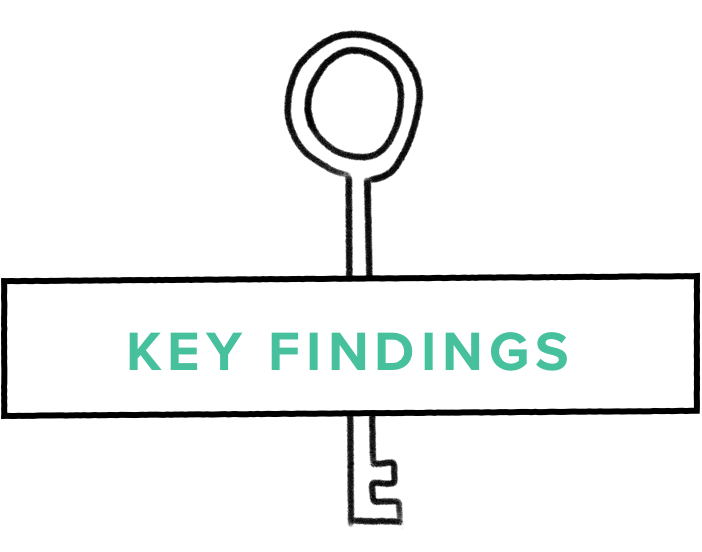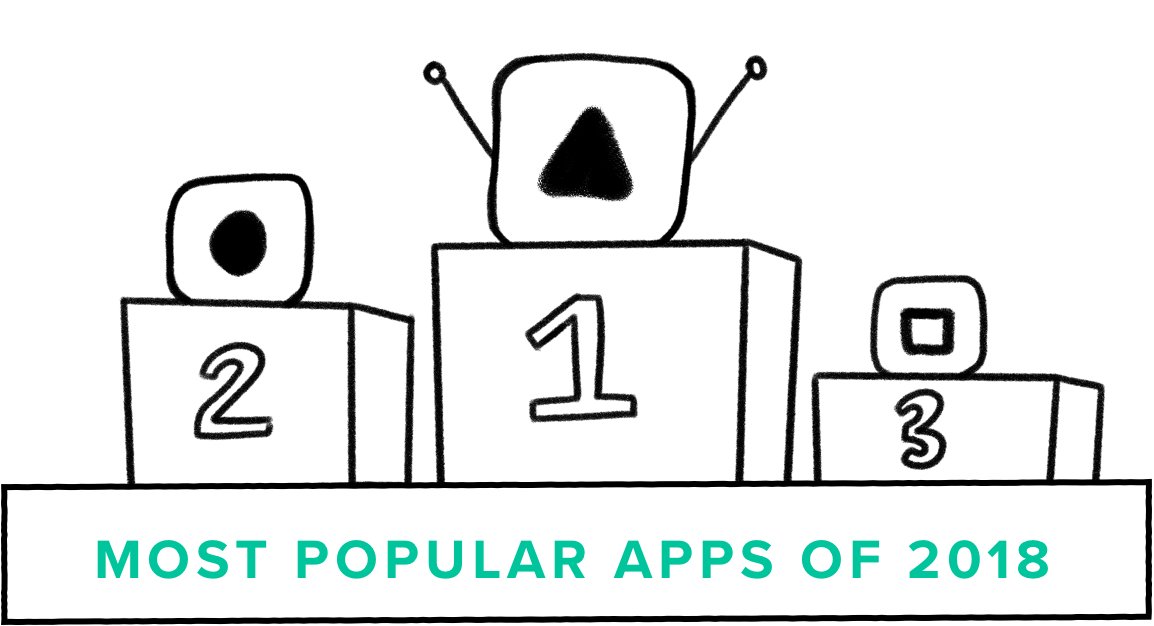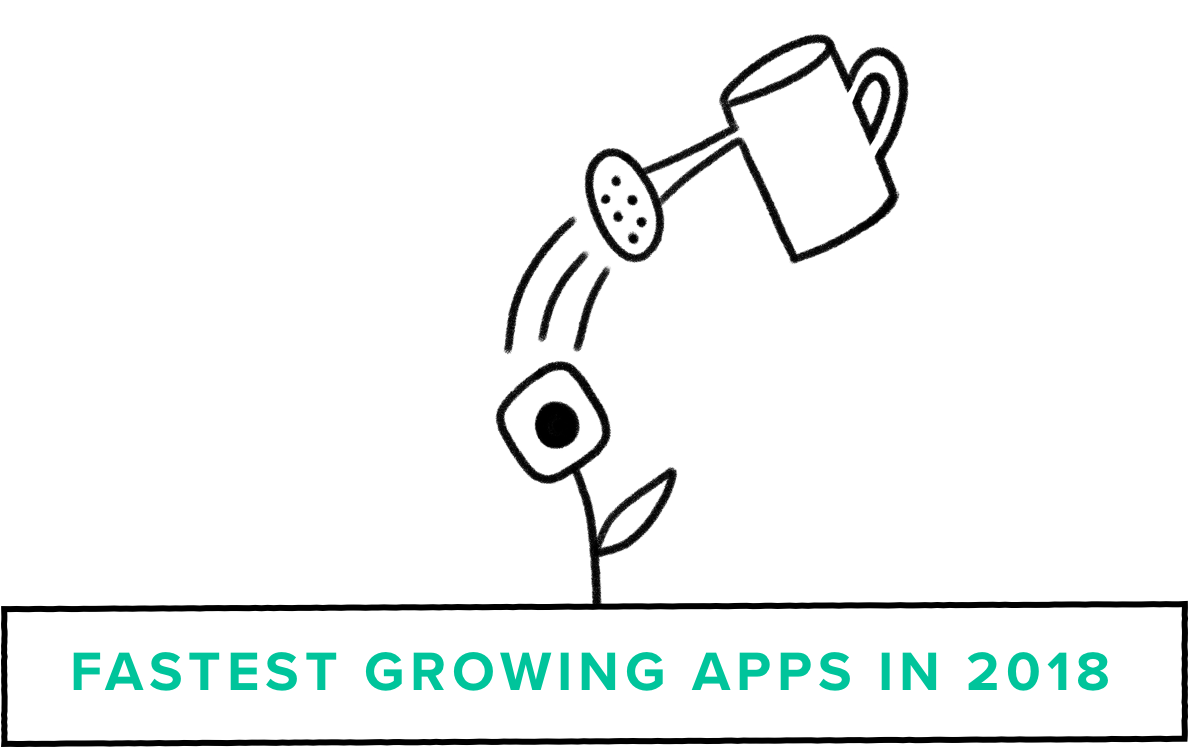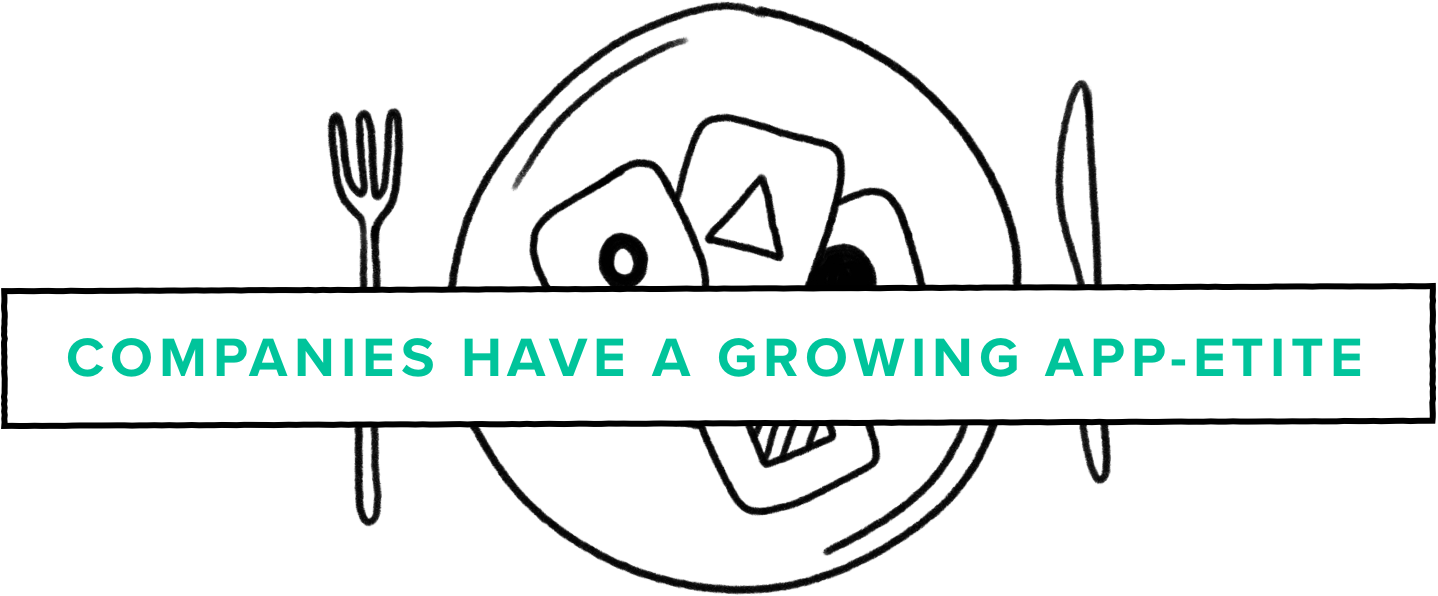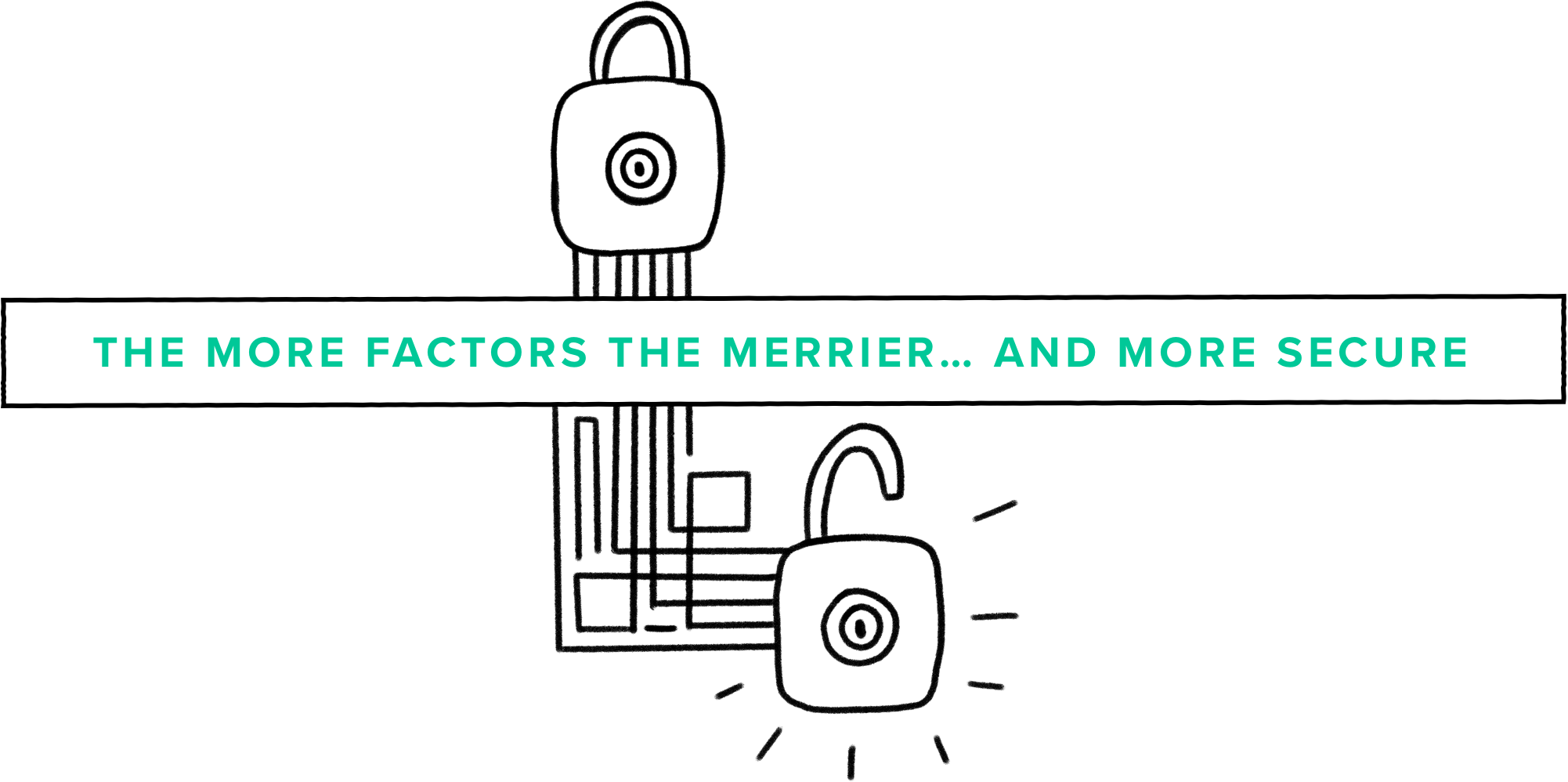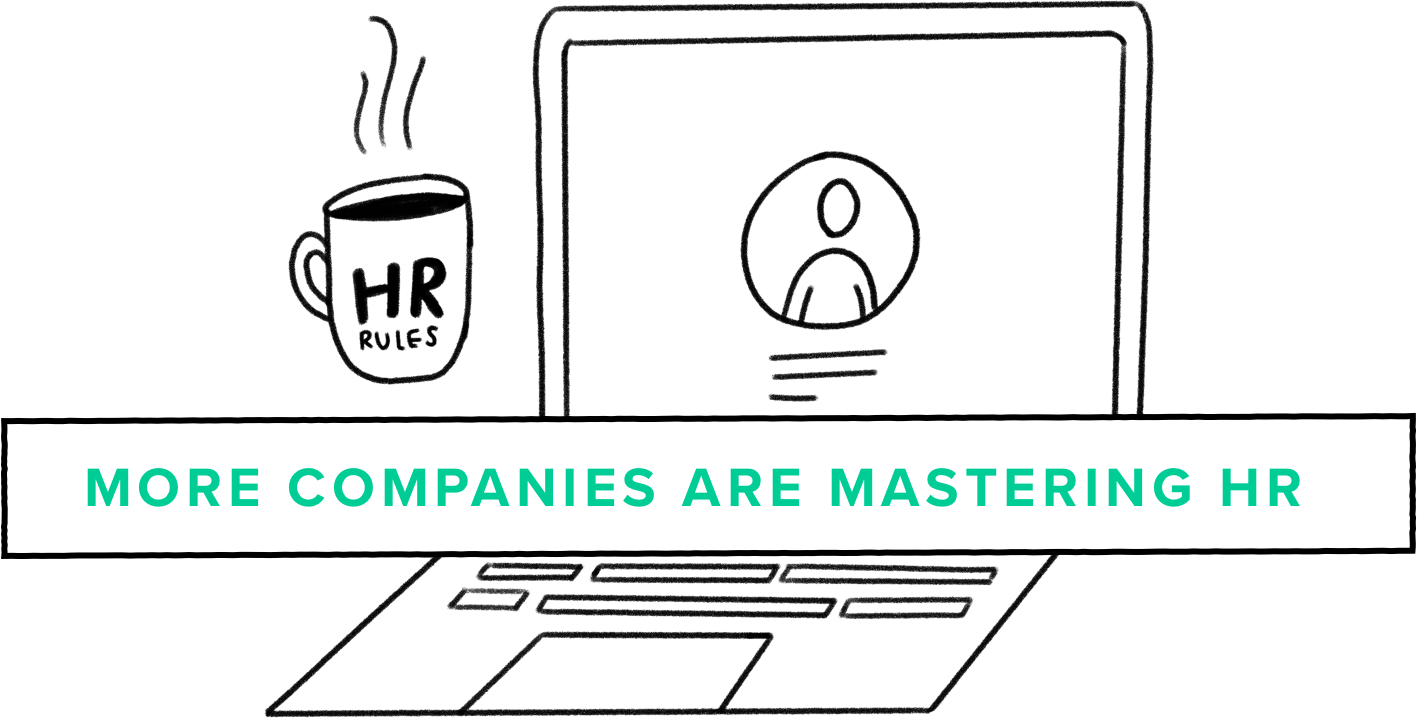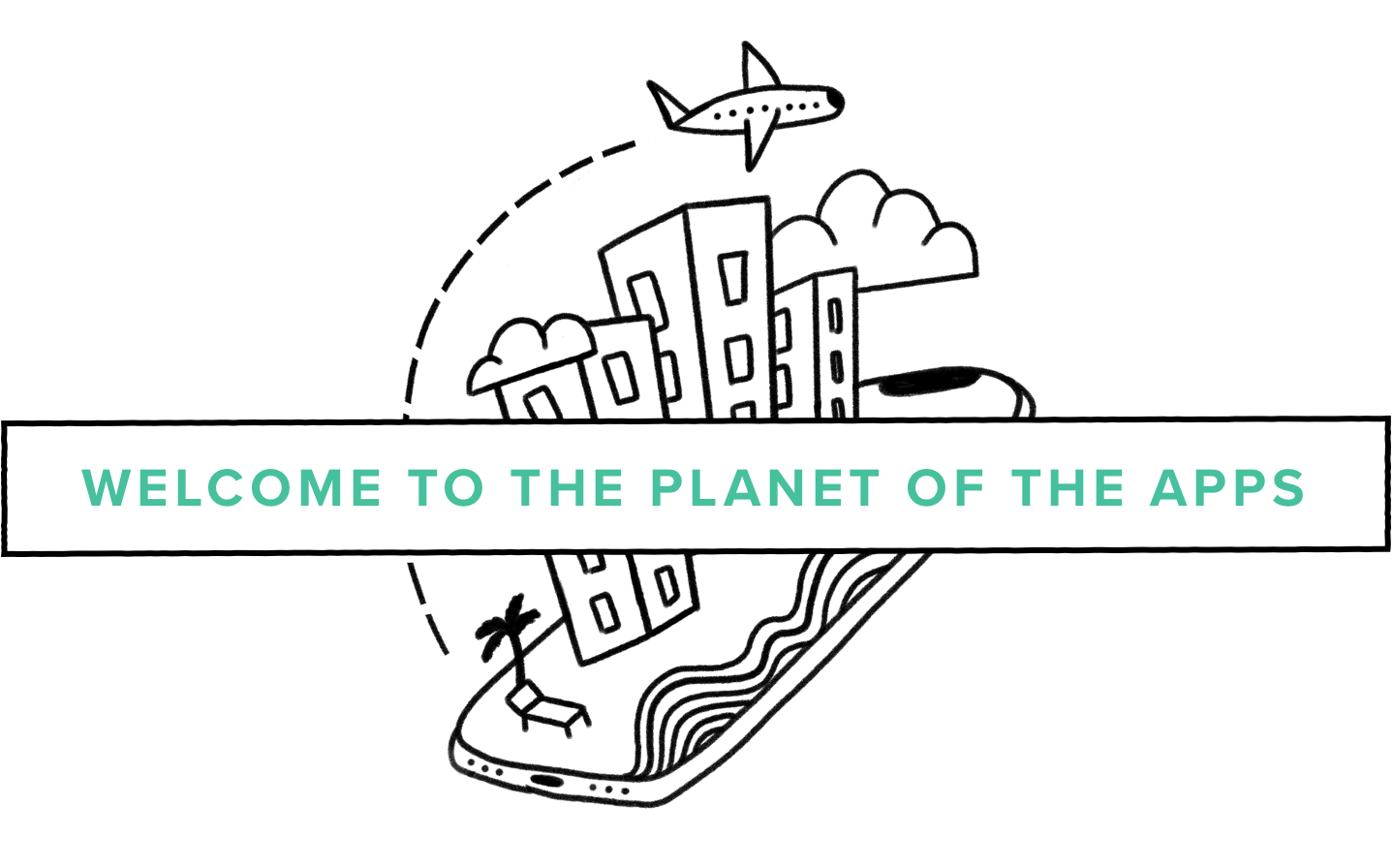To create all our Businesses @ Work reports, we anonymize Okta customer data from our network of thousands of companies, applications, and IT infrastructure integrations, and millions of daily authentications and verifications from countries around the world. Our customers and their employees, contractors, partners, and customers use Okta to log in to devices, apps and services, and leverage security features to protect their sensitive data. Our customers span every major industry and vary in size, from small businesses to enterprises with hundreds of thousands of employees or millions of customers. As you read this report, keep in mind that this data is representative of Okta's customers, the applications we connect to, and the ways in which users access these applications through our service.
We have worked carefully to standardize our data. Unless otherwise noted, this report presents and analyzes data from November 1, 2017 to October 31, 2018, which we refer to as “this year,” “today,” and “in 2018.” Similarly, when we refer to “last year” or “in 2017,” we are referring to data from November 1, 2016 to October 31, 2017. “2016” refers to the same period in its respective year.
This year, in addition to reporting on popular apps and systems across Okta’s network, we also added the results of a survey of knowledge workers about their workplace preferences, which adds further insight to our proprietary findings. Commissioned by Okta, Qualtrics conducted a survey of over 1,200 U.S. knowledge workers from companies of various sizes, across many industries. Responses were collected in December 2018 and January 2019. We refer to this survey of knowledge workers as “our survey” and “survey,” and refer to the workers who responded as “survey respondents.”
